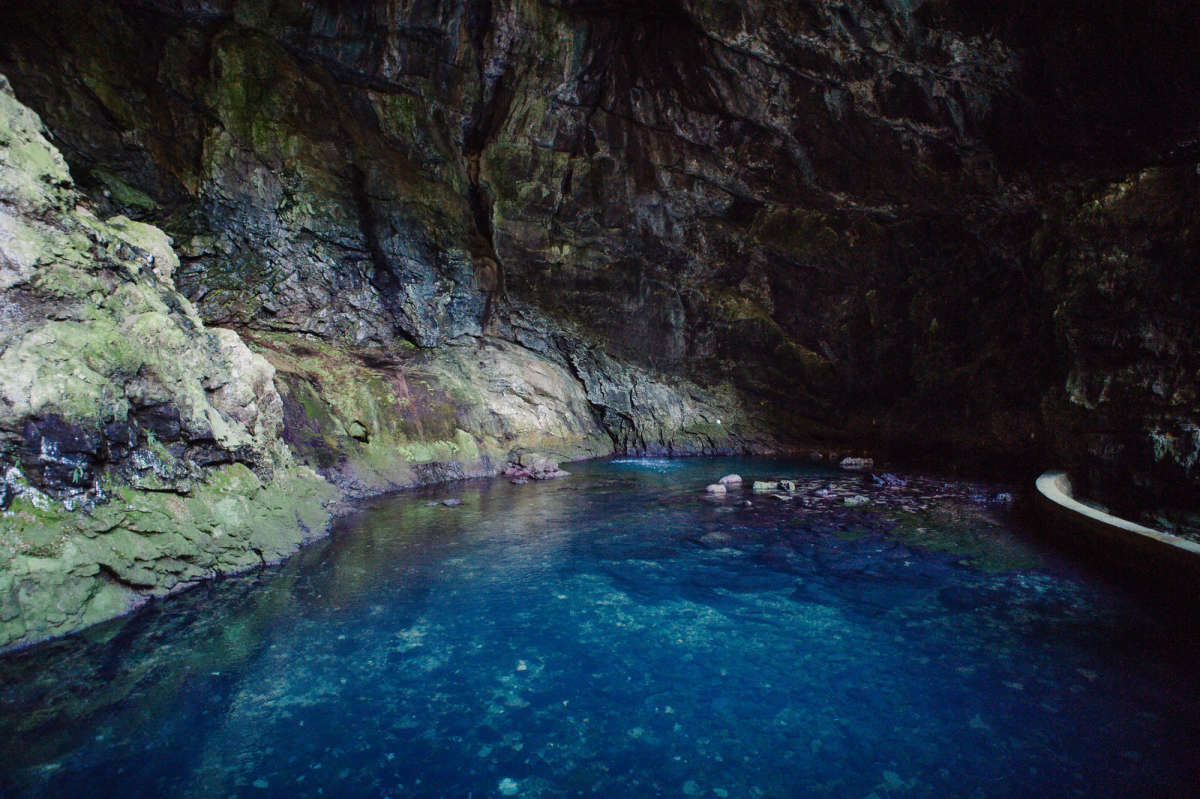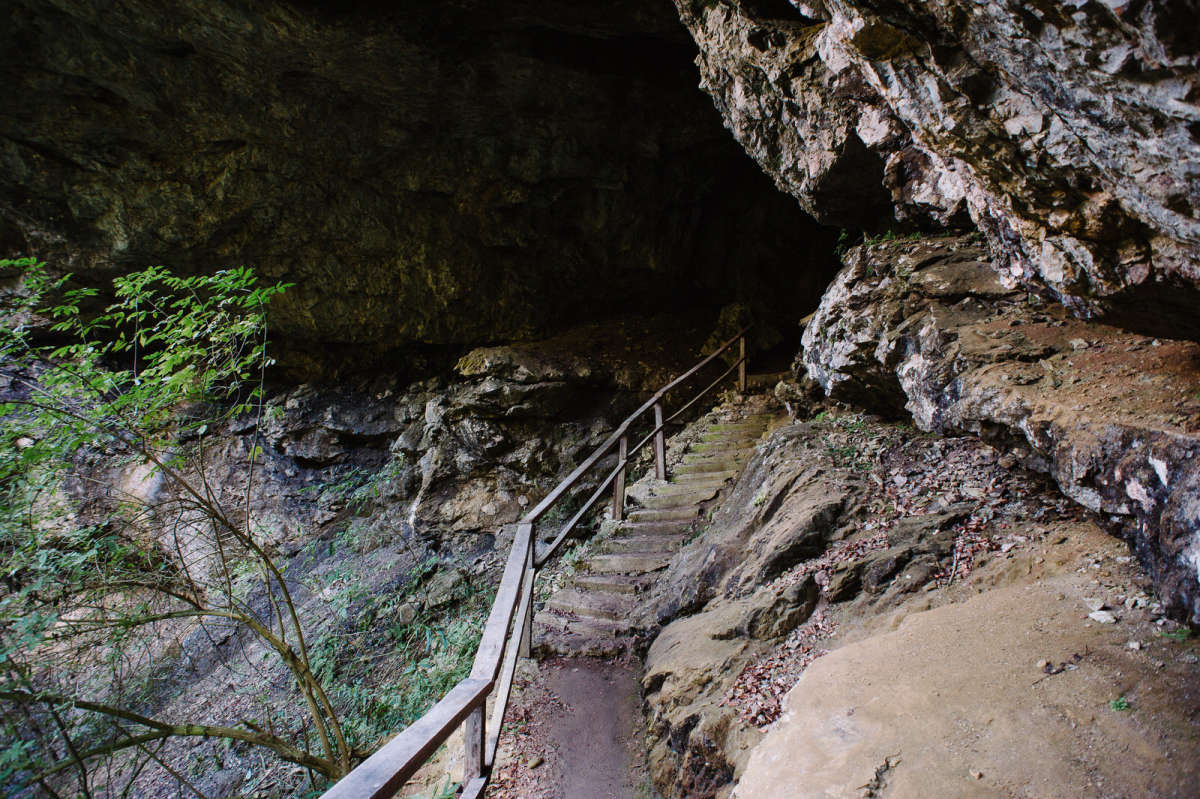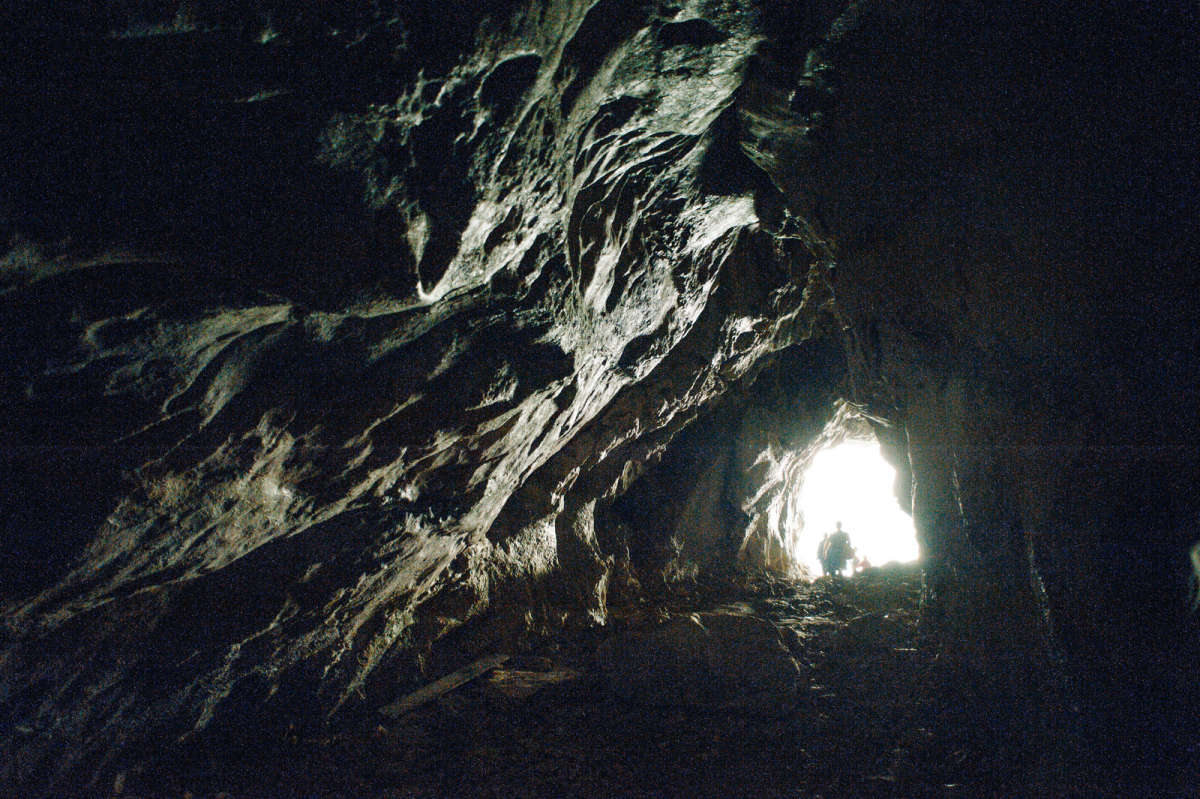A natural reserve near Skrad
A natural reserve near Skrad

If you have decided to spend your vacation in this small mountain town, or are just passing by, I definitely recommend a visit to three natural attractions still not well known to foreign and local tourists. Zeleni vir, Vražji prolaz and cave called Muževa hižica were declared back in 1962 as a special geomorphological reserve with an area of about 200 ha.

Zeleni vir (Green spring)
Zeleni vir is a cave-shaped space about 30 meters in diameter and about the same height. A stream flows into the cave, and a pond was created by the construction of a water diversion device and a small dam. The emerald green colour of the lake and the shell-shaped cave (whirlpool) were probably the inspiration for the name of the place (Zeleni vir). Near the cave is a beautiful waterfall, which is especially impressive in winter when water droplets freeze and create icy cascades that hikers sometimes use for climbing on icy rocks.
 A shell-shaped cave at the Green spring
A shell-shaped cave at the Green spring
 Emerald green lake at the Green spring
Emerald green lake at the Green spring
 Waterfall near the Green spring
Waterfall near the Green spring
Vražji prolaz (Devil's Passage)
The Devil's Passage definitely holds a special place among the Croatians natural features. Through the narrow canyon flows the creek Jasle over which were built bridges and stairs on metal girders what make it possible to visit the whole area by taking a walk. Steep cliffs covered with moss and diverse vegetation characteristic of the area are all around. Some sections of the trail are so steep that it is advisable to cross them while holding onto a cable that is set aside for safety reasons. Nevertheless, walking through the canyon is a wonderful experience that enchants every tourist with its beauty.
 Devil's Passage
Devil's Passage
 Devil's Passage
Devil's Passage
 Devil's Passage
Devil's Passage
Muževa hižica (Man's house)
At the end of Vražji prolaz (Devil's Passage) is the cave of the Muževa hižica (Man's house). According to legend, in 1525 some of the inhabitants of the area hid there during the Turkish invasion. At the head of the refugees in the cave was a man (muž), and the cave was a substitute for a shelter/house(hiža, hižica), so it got its name after that. The cave is quite large, rich in flowstones, and at the end of the cave is a pond that has not yet been fully explored. According to some reports, this cave is the habitat of an endemic amphibian The Olm (lat. Proteus anguinus).
The tour of all three places takes about three hours, and at the end of the excursion, you can rest in the mountain hut with a restaurant nearby offering a wide range of local specialities.
 Entrance to a Man's house cave
Entrance to a Man's house cave
 Man's house cave
Man's house cave